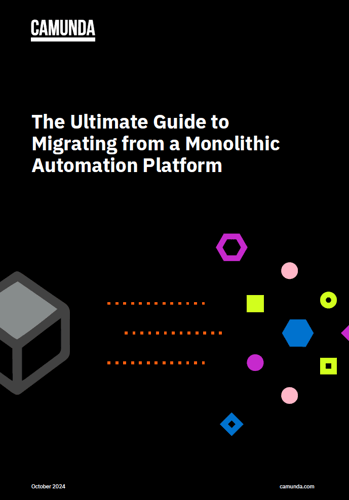The Ultimate Guide to Migrating from a Monolithic Automation Platform
Get the Guide

When starting to automate business processes, many organizations purchase a monolithic automation platform. However, these all-in-one solutions are not well suited for complex processes that require agility, scalability, and transparency.
Monolithic automation platforms originated in the world of business process management suites and rely on closed architectures and a proprietary approach to development, limiting business agility and making it difficult and expensive to make changes. They can’t scale dynamically in response to business demand, which means they cause performance issues that negatively affect customers.
This guide dives deeper into monolithic automation platforms to uncover:
-
Common challenges automating processes with these platforms
-
Key considerations for evaluating alternatives
-
How to prepare for a migration to a replacement automation solution
-
Real world examples and lessons learned from Indiana Farm Bureau Insurance, Deutsche Telekom, Doculabs, and Swiss Re